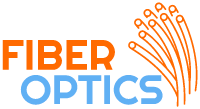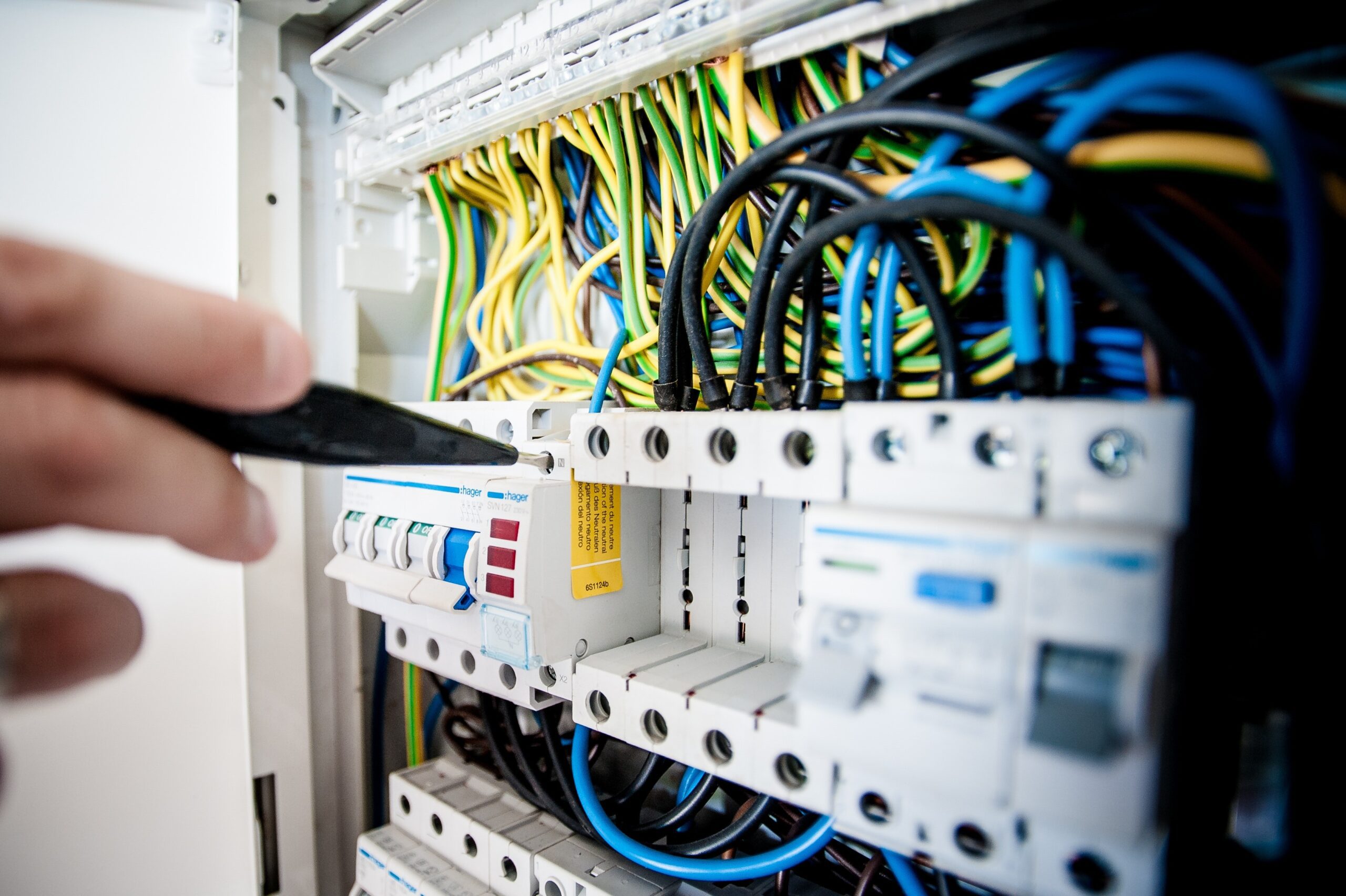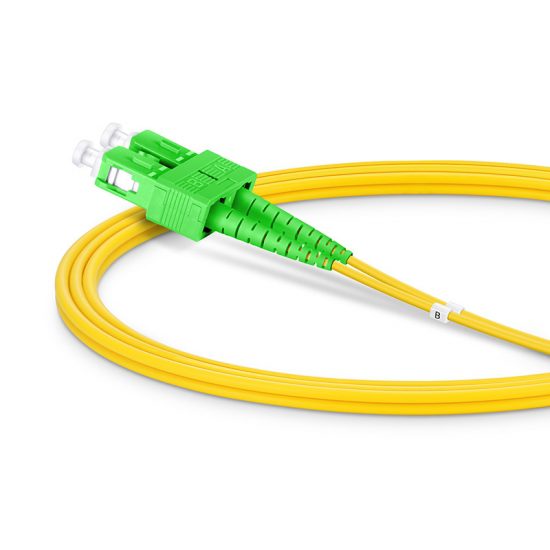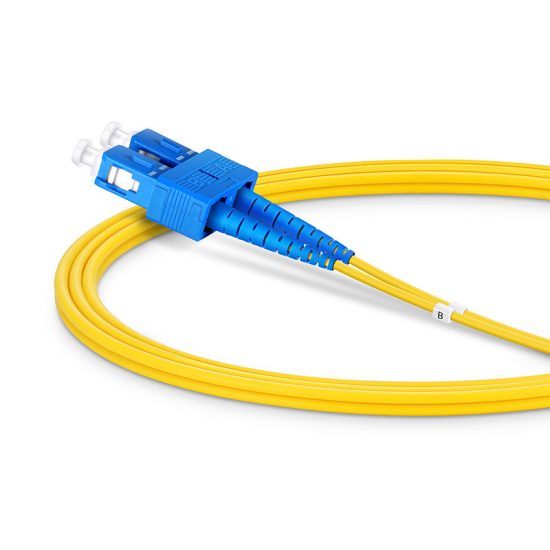Fiber Optic Transceivers
Other names for fiber optic transceivers include optical transceivers, optical modules, optical modules, etc. It is a single, packed device that transmits and receives data using fiber optic technology. The word “transceiver” is made from the words “transmitter” and “receiver.” In other words, a fiber optic transceiver combines a transceiver and uses a single enclosure or shared circuitry. With electronic components, it is a crucial piece of optical network equipment that prepares, encodes, and decodes data into light pulses before sending them to another end as electrical impulses. It uses a light source, like a VSCEL, FP, or DFB laser, which is managed by the electronic components, to transmit data as light, and a photodiode semiconductor to receive light pulses, like a Pin or APD.
Types of Fiber Optic Transceivers
To accommodate a variety of needs, fiber optic transceivers are divided into different categories.
Single-mode fiber (SMF) and multi-mode fiber (MMF) are two types of optical fibers. To support various optical fibers, fiber optic transceivers are also categorized as single-mode and multi-mode transceivers. While the multi-mode transceivers are employed for short transmission distances like 0.5km to 2km, they typically have a transmission range of 10km to 160km.
Transceiver Applications
For varied applications, transceivers come in a wide variety. Fiber optic transceivers can also be divided into SONET/SDH, FE/GE/10GE/40GE/100GE Ethernet, Broadcast Video, CPRI, LTE, Fiber Channel, etc.
Transfer Rates
The data transfer rates of fiber optic transmission modules are frequently used to classify them. The following common rate categories are used to classify fiber optic transceivers: 100GBase, 40GBase, 10GBase, 1000Base, and 100Base. These rates describe how quickly a fiber optic transceiver can send data over Ethernet.
• 100 Gigabits per second, or 100GBase (100GE, 100GbE, 100Gbps)
• 40 Gigabits per second (40GBase) (40GE, 40GbE, 40Gbps)
• 10 Gigabits per second, or 10GBase (10GE, 10GbE, 10Gbps)
• 1 Gigabit per second over 1000Base-T (1GE, 1GbE, 1Gbps, 1000Mbps)
• 100Base-T: 100 Megabits/second (Fast Ethernet, FE, 100Mbps)
Various different transfer rate hierarchies are connected to certain market subsectors. Fiber Channel is commonly utilized at speeds of 1 Gigabit per second (Gbps), 2 Gigabits per second (Gbps), 4 Gigabits per second (Gbps), 8 Gigabits per second (Gbps), and 16 Gigabits per second (Gbps). The SONET/SDH multiplexing hierarchy has been used by telecommunications networks for a long time with optical transmission rates of 155Mbps, 622Mbps, 2.488Gbps, 9.953Gbps, and 39,813Gbps.
Packaging Classification of Fiber Optic Transceiver
An essential component of the optical communication system is the optical transceiver module, often known as the optical module. There are many different kinds of optical modules, and there are many distinct classification criteria, including diverse packing formats, various application areas, optical module transmission rates, and emission or reception wavelengths. In this section, Gelling will go into further depth about how optical modules are packaged.
- The GBIC Transceiver
The Gigabit Interface Converter, often known as the GBIC optical module, was very well-liked in the 1990s. Its design utilizes SC interface and is hot-swappable. It is a comparable item that complies with global standards. Due to their flexible interchangeability, gigabit switches made with GBIC interfaces once held a sizable market share. The first optical transceiver module with a standardized packaging interface, known as GBIC, is considered a milestone and an epoch-maker. Welcome to click to find out more about GBIC Transceiver products.
- SFP transceiver
Small Form Factor Pluggable, often known as SFP, can be thought of as a more advanced variant of GBIC. Compared to GBIC, the volume is two times less, and the number of ports on the same panel can more than double. Miniature GBIC, often known as an SFP transceiver, typically employs an LC interface. The SFP module’s additional capabilities are essentially identical to those of the GBIC, and it is typically used in SONET/SDH networks, 100M/Gigabit Ethernet, and other high-speed transmission applications. Welcome to click for more details about the SFP Transceiver product.
- SFP+ transceiver
An improved version of SFP Transceiver is 10G SFP+ Transceiver. The two come in the same physical packaging. The SFP+ Transceiver, however, can accommodate a 10Gbps transmission rate. SFP+ simply keeps the fundamental electro-optical and photoelectric conversion operations, decreasing the signal control functions in the original XFP design, and thereby simplifying the design of the 10G Transceiver in comparison to other 10G Transceivers (such as Xenpak and XFP Transceiver). As a result, it is the most often used 10G Transceiver because it uses less power, has the smallest volume, and is best suited for high-density port applications.
Connector Type of fiber optic transceiver
Transceivers are coupled and aligned by optical fiber connectors to allow light to travel through the core. Based on the sorts of connectors they have, transceiver modules can be divided into various classes. Today, optical transceivers are typically used in conjunction with one of four different types of fiber optic module connectors: SC, LC, MPO, and ST.
Duplex connectors, one for transmission and one for receive, are used by the majority of optical transceivers. Bi-Directional (BiDi) optical transceivers, each end of which transmits on a different wavelength, are used in pairs (e.g., 1310nm and 1490nm). A 2-channel wavelength division multiplexer is built inside each BiDi transceiver to divide or combine the two wavelengths.
There is just one connector for the more recent QSFP and CFP modules that use an MPO connector each connector may include 12 or 24 fibers, each of which connects to a different transmitter or receiver inside the optical transceiver.
The majority of connector types use a color-coded approach. A connector will be yellow if it is single mode fiber compatible. Orange, black, or gray connector types are compatible with multimode fiber. If a boot is placed over the connecter, blue boots denote compatibility with single-mode fiber and beige boots with multimode fiber.
Ratio of extinction
The ratio of the optical powers of perpendicular polarizations is known as the polarization extinction ratio (PER), usually abbreviated as TE (transverse electric) and TM (transverse magnetic). The level of polarization in a circularly polarized light device or fiber is described by the PER in communications.




